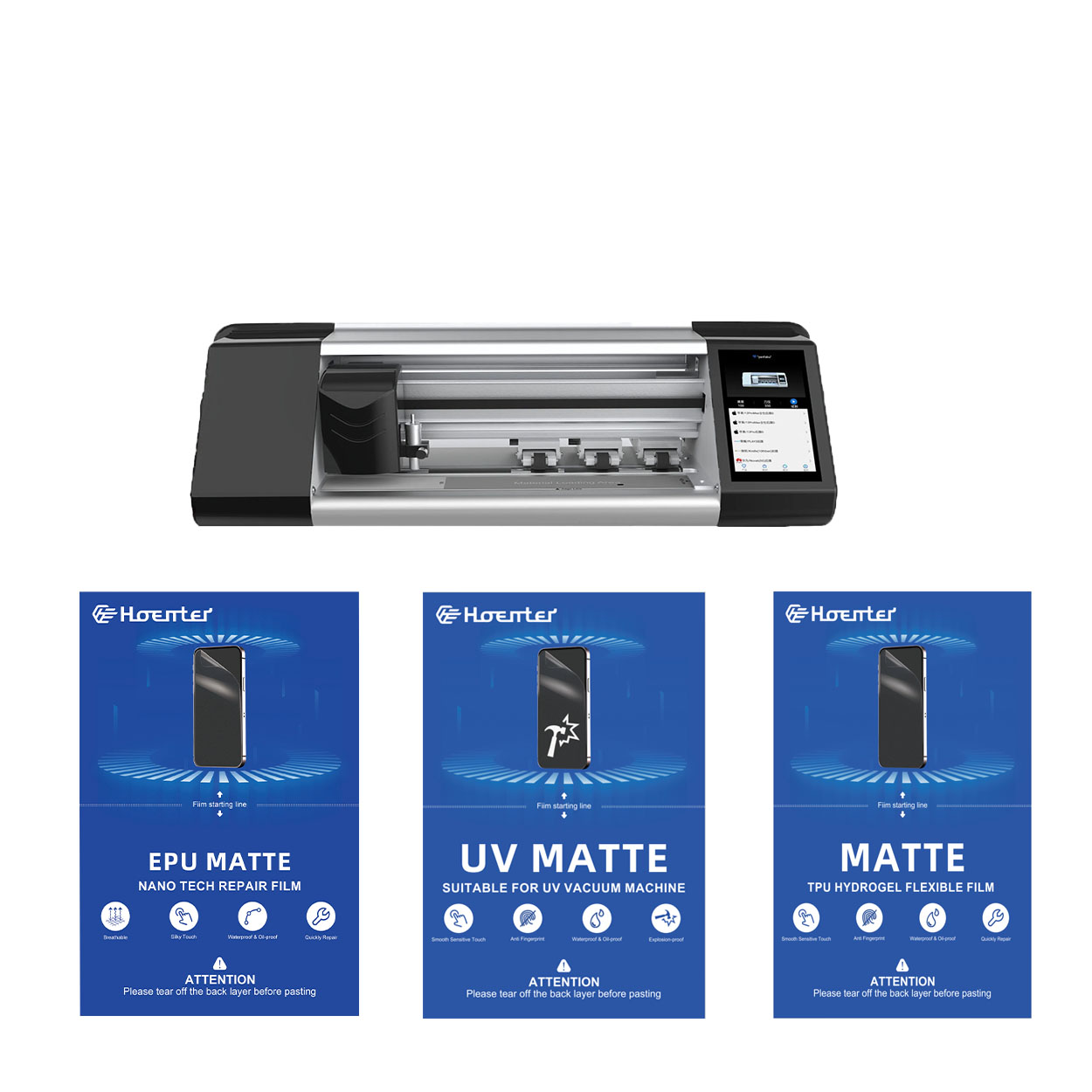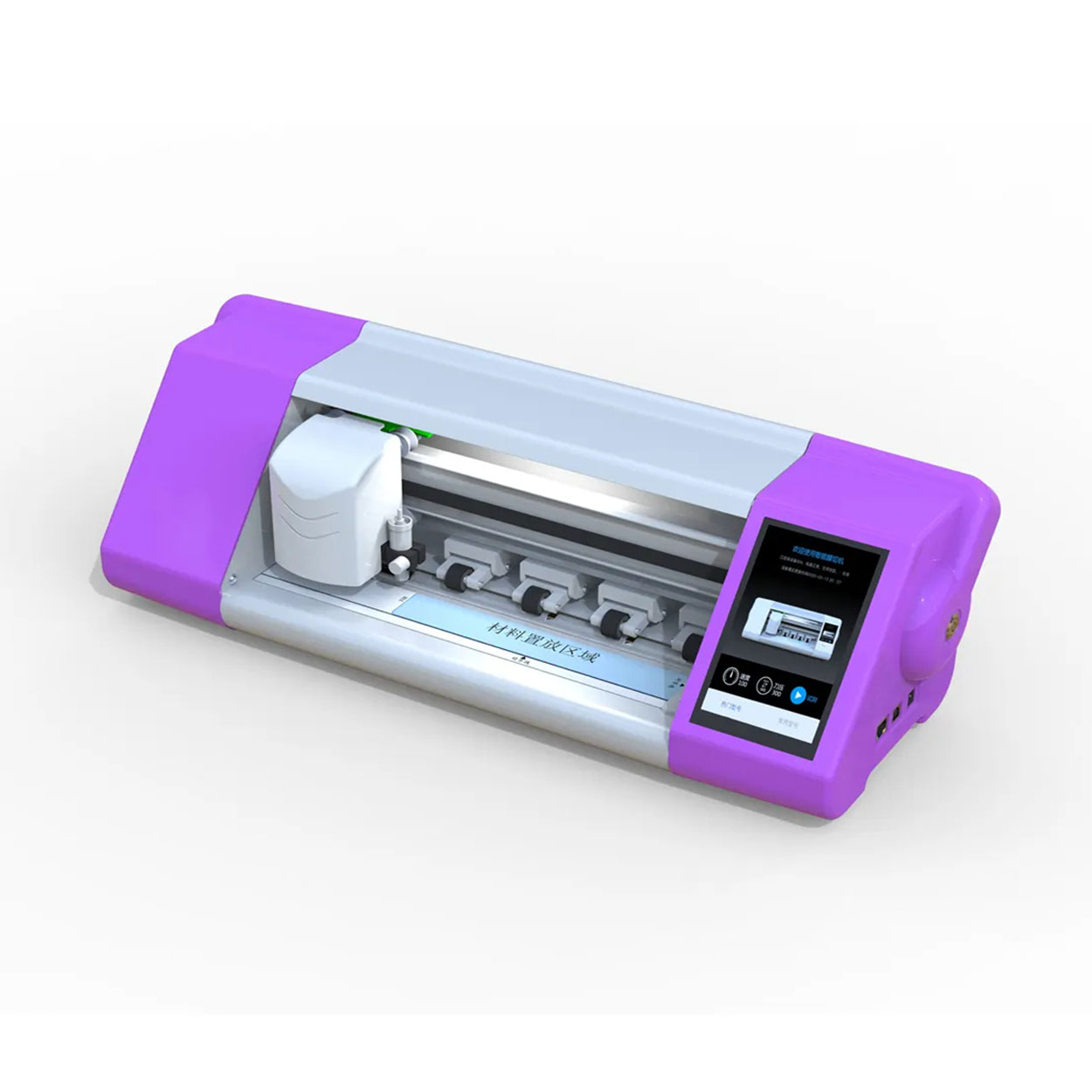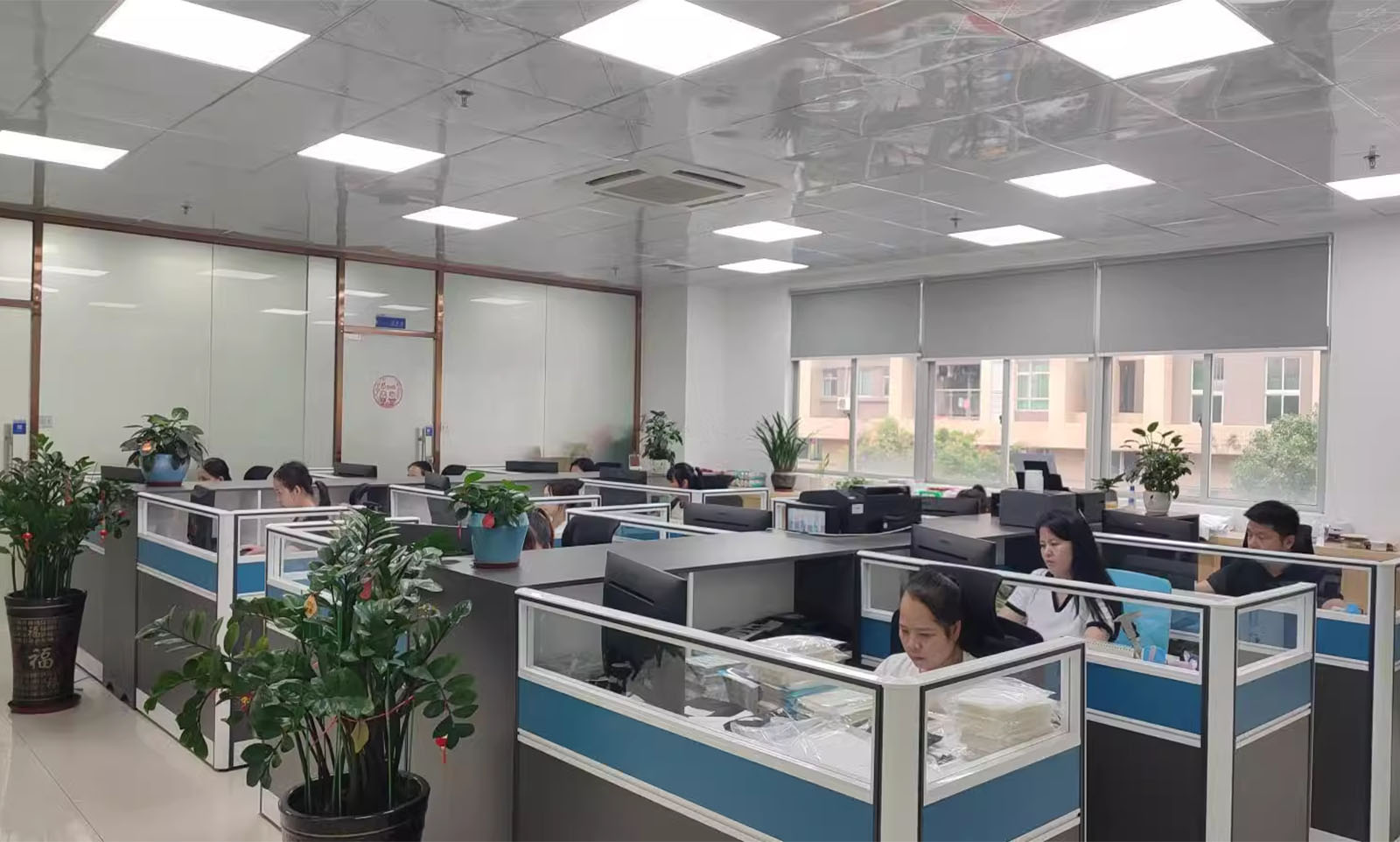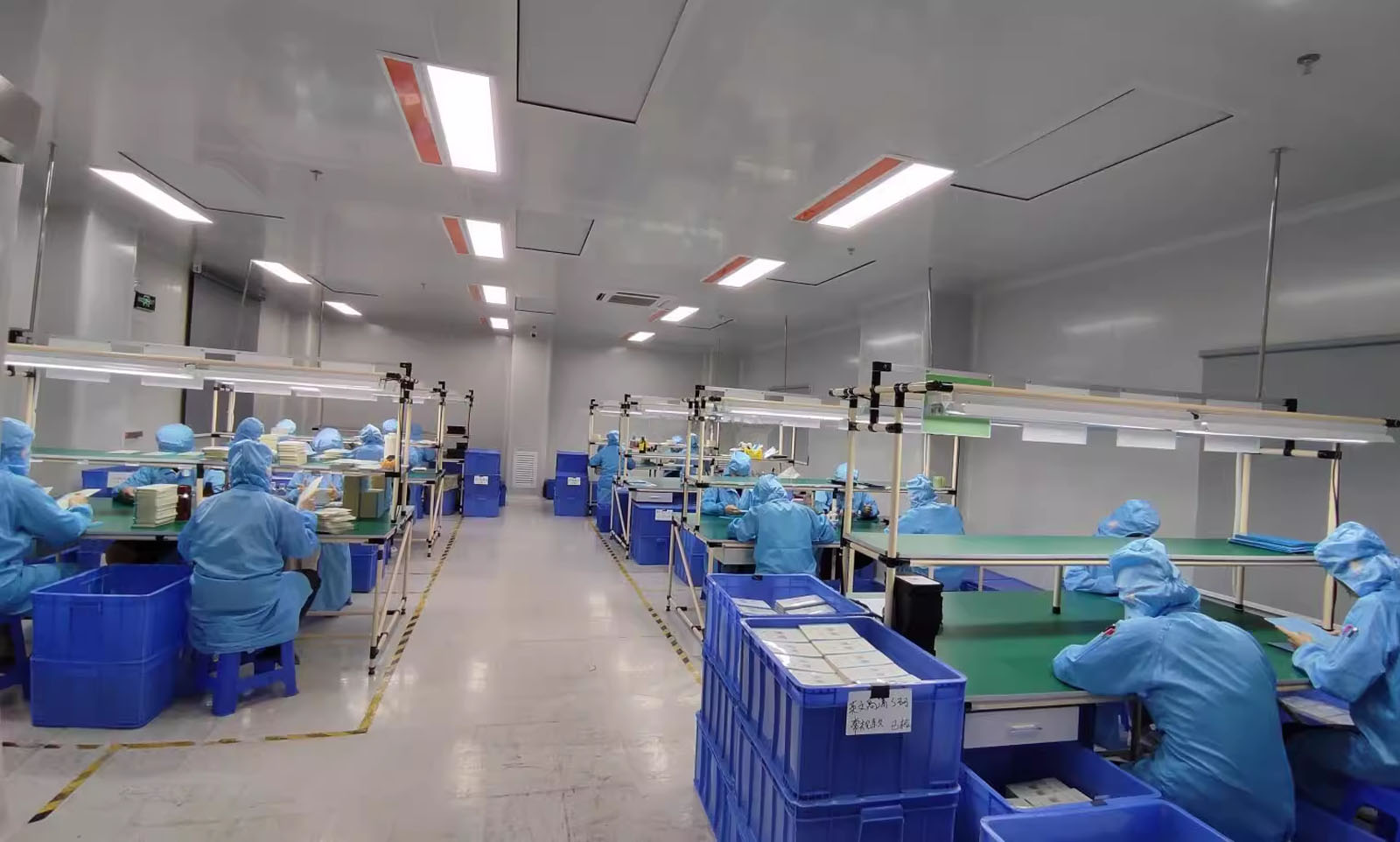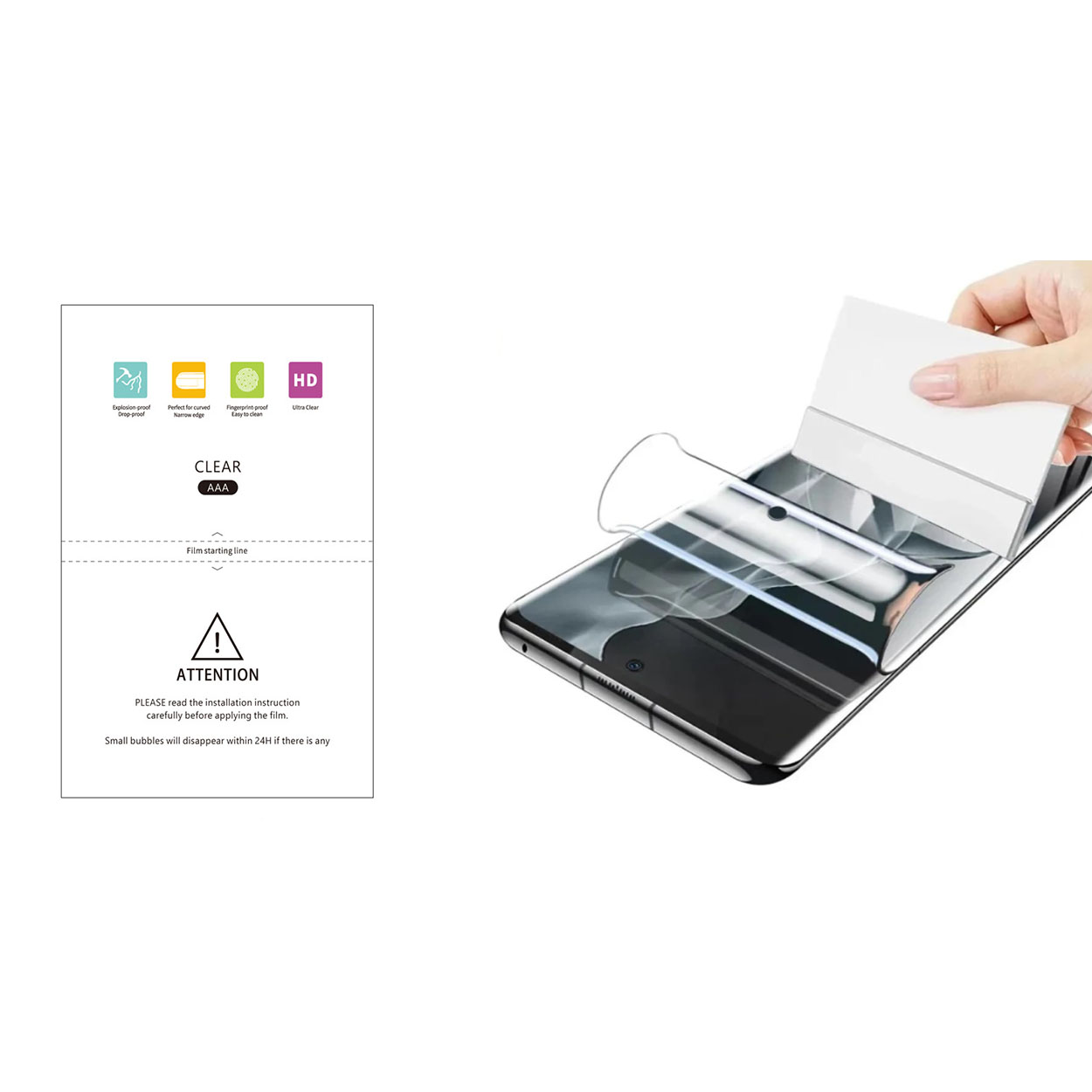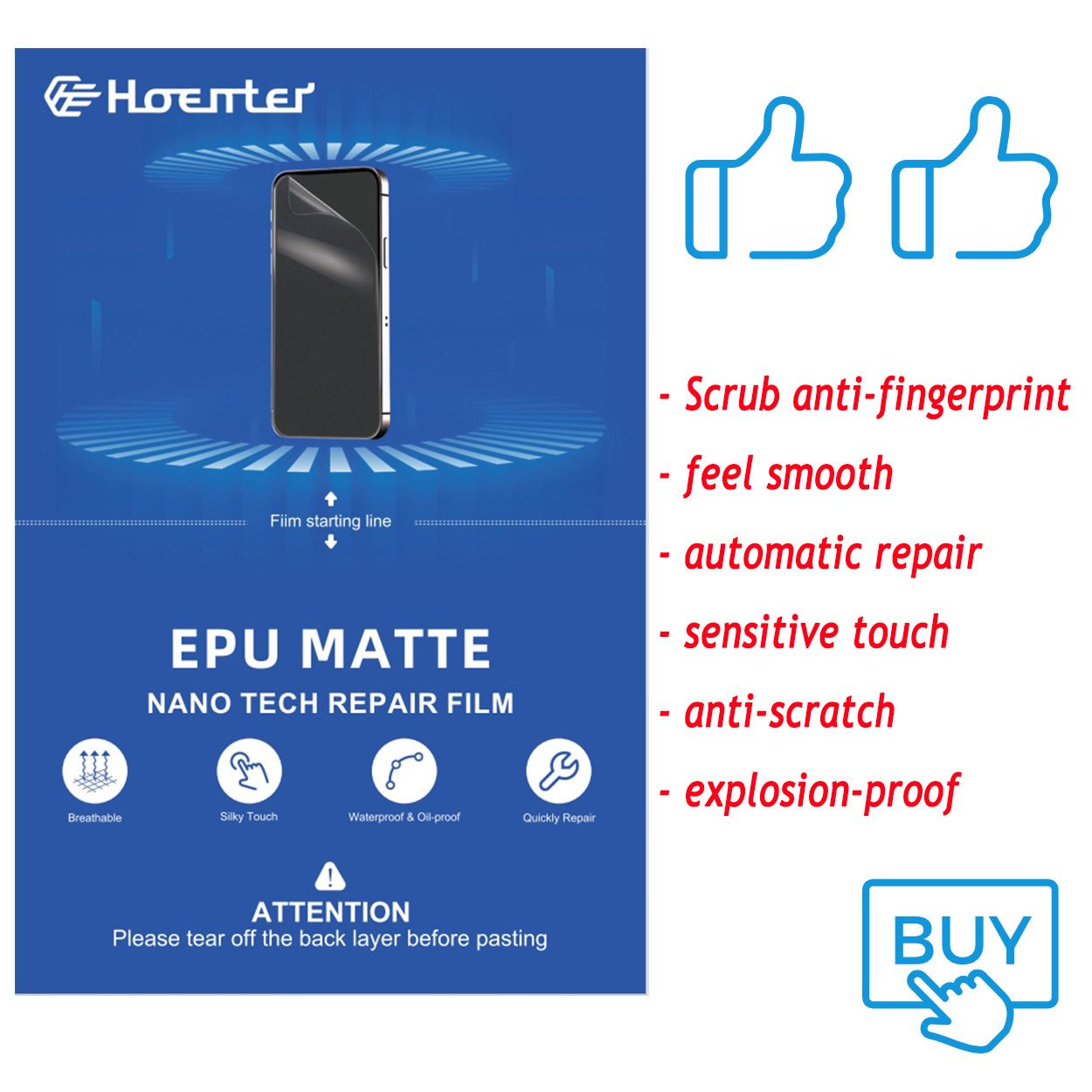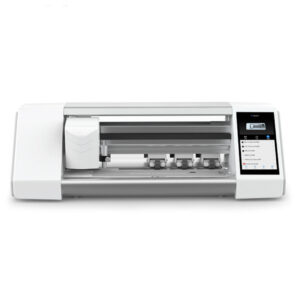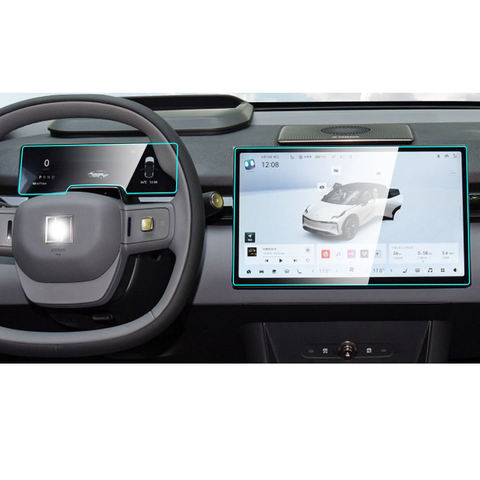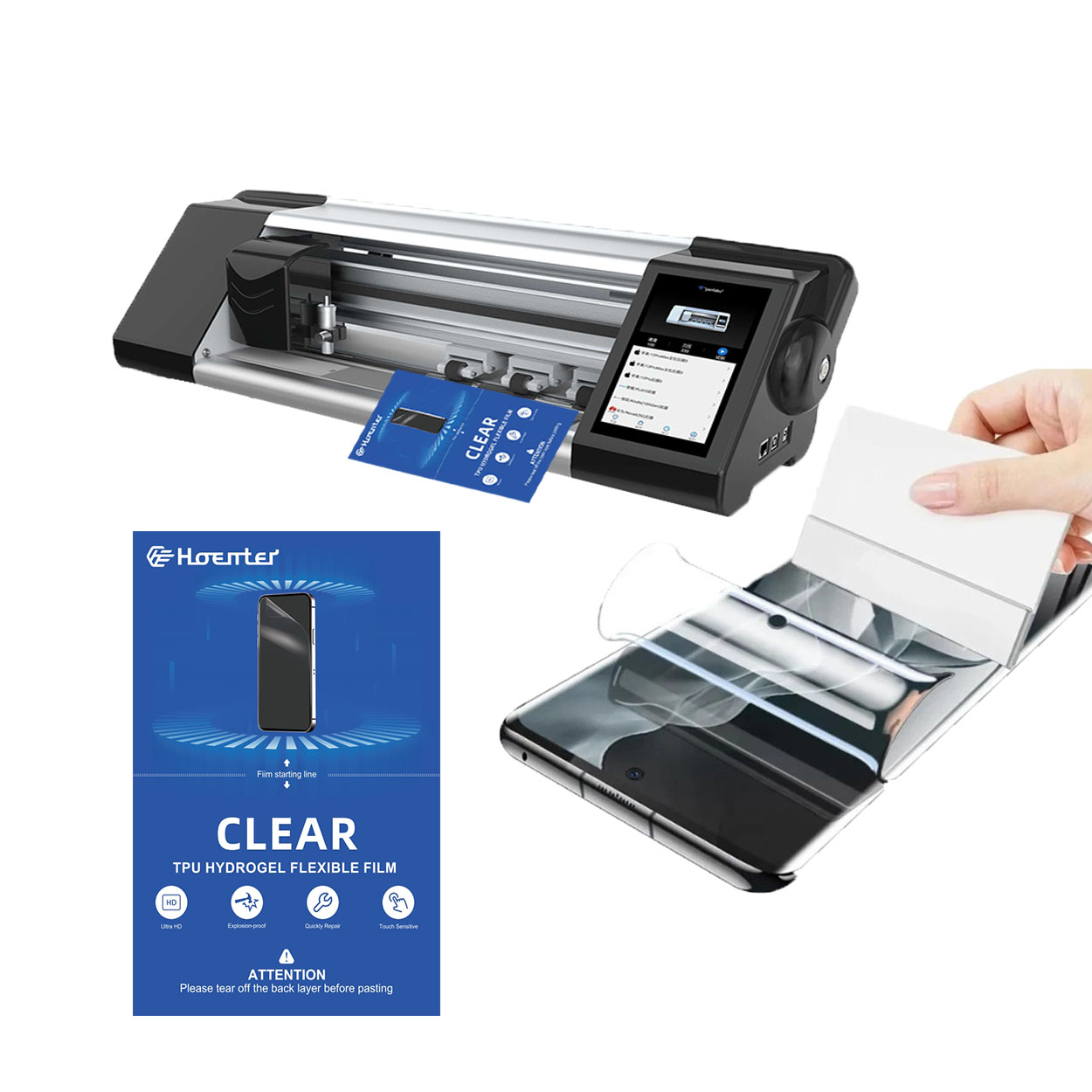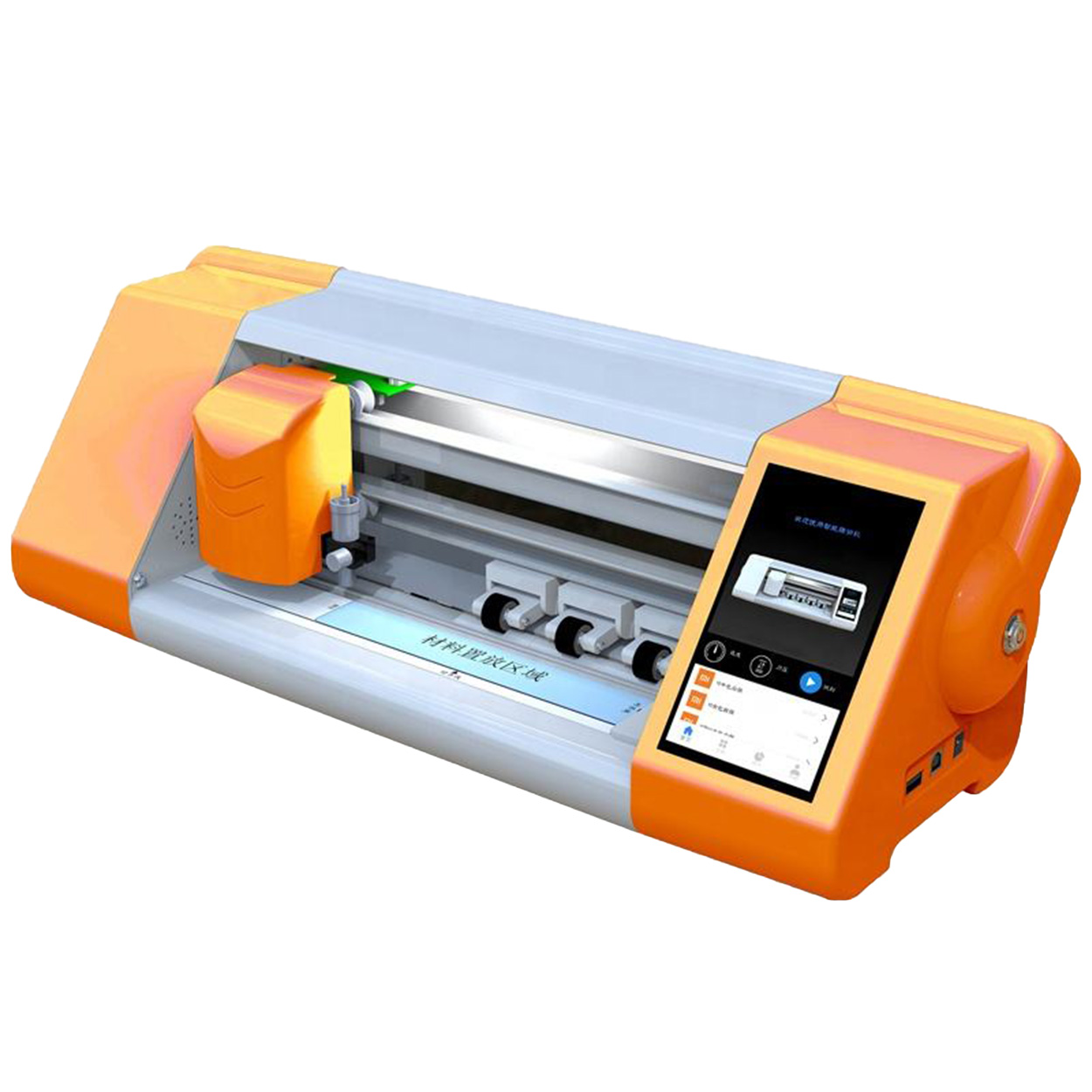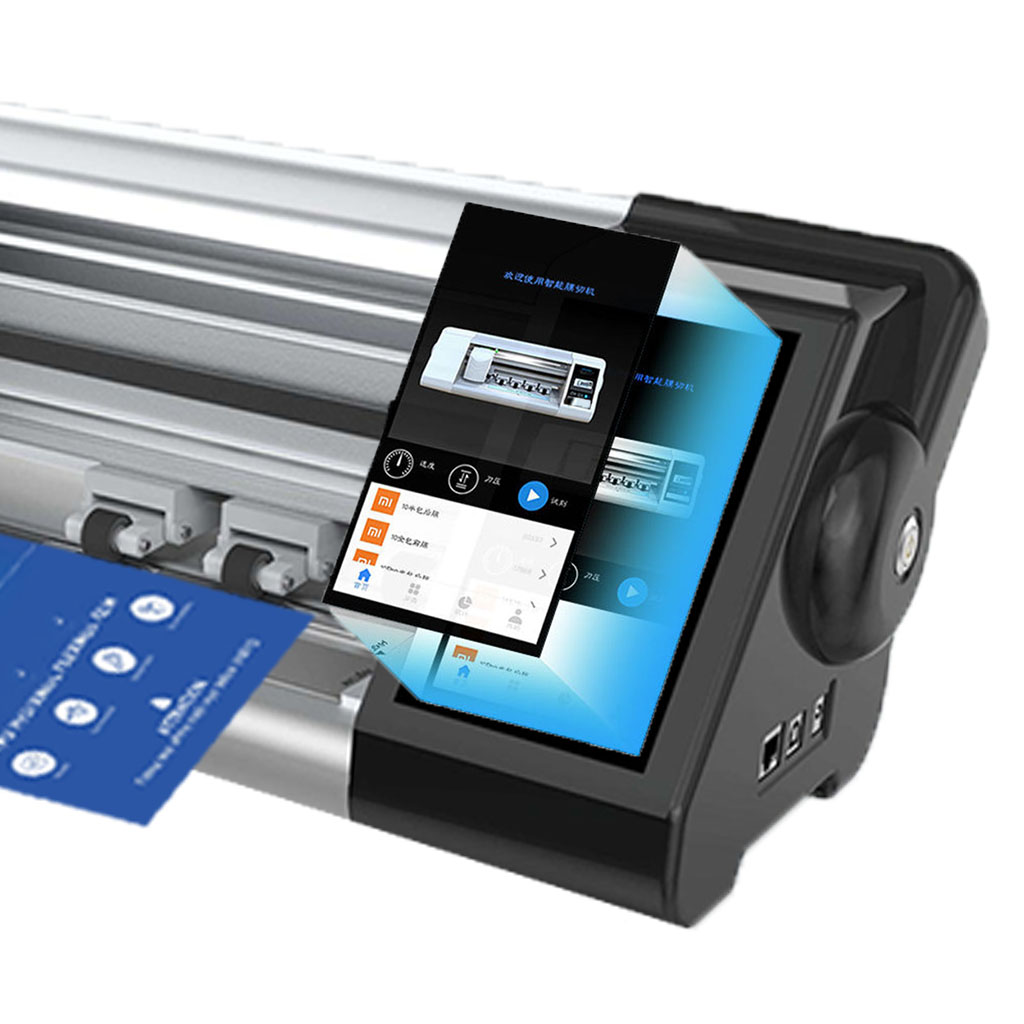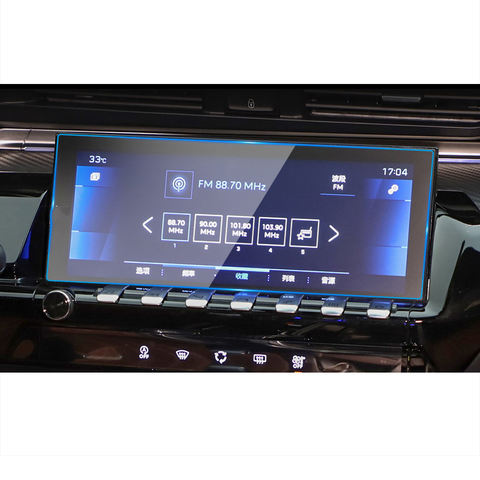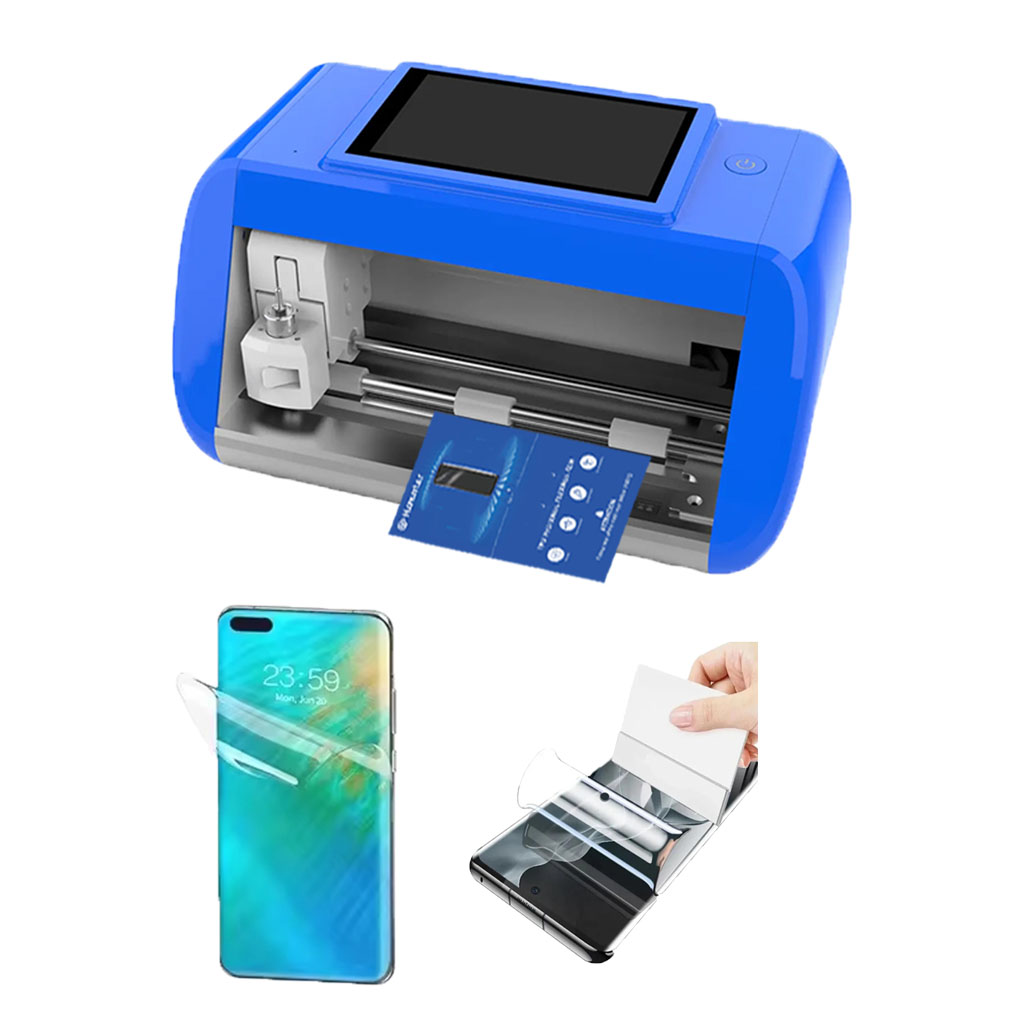What is a Hydrogel Screen Protector Cutting Machine? {#hydrogel-machine}
A hydrogel screen protector cutting machine is a specialized device designed to cut and shape hydrogel film screen protectors with precision. These machines typically use a mechanical cutting system, often involving blades or dies, to create custom-sized protectors for various mobile devices.Hydrogel cutting machines are known for their versatility in handling soft, flexible materials like TPU (Thermoplastic Polyurethane) and hydrogel films. They excel at creating clean, smooth edges without damaging the delicate material structure of hydrogel protectors.
How Does a Laser Screen Protector Cutting Machine Work? {#laser-machine}
Laser screen protector cutting machines utilize advanced laser technology to cut and shape screen protectors. These machines typically employ CO2 lasers or other high-precision laser systems to create intricate cuts with exceptional accuracy.The laser cutting process involves focusing a high-powered laser beam onto the screen protector material, vaporizing it along the desired cutting path. This non-contact method allows for incredibly precise cuts, even on materials that might be challenging for traditional blade-based systems.
Precision and Accuracy: Which Machine Cuts Better? {#precision}
When it comes to precision and accuracy, both hydrogel and laser cutting machines have their strengths:Hydrogel Cutting Machines:
- Excel at cutting soft, flexible materials without distortion
- Provide consistent results for high-volume production
- May require more frequent blade replacements to maintain precision
Laser Cutting Machines:
- Offer unparalleled precision for intricate designs
- Can achieve extremely fine details and clean edges
- Maintain consistent accuracy over long production runs
For most standard screen protector shapes, both machines can deliver excellent results. However, laser cutting machines generally have the edge when it comes to creating complex cutouts for camera holes, speakers, and other device features.
Speed and Efficiency: Hydrogel vs Laser {#speed}
Production speed and efficiency are crucial factors for any screen protector manufacturing operation. Here’s how the two technologies compare:Hydrogel Cutting Machines:
- Generally faster for simple, straight cuts
- Can handle multiple layers of material simultaneously
- Ideal for high-volume production of standard shapes
Laser Cutting Machines:
- May be slower for simple cuts but excel at complex designs
- Offer the ability to quickly switch between different designs without tool changes
- Provide consistent speed regardless of design complexity
The choice between hydrogel and laser cutting machines often depends on the specific production needs and the types of screen protectors being manufactured.
Material Compatibility: What Can Each Machine Cut? {#materials}
Understanding which materials each machine can handle is crucial for choosing the right cutting solution:Hydrogel Cutting Machines:
- Excellent for soft materials like TPU and hydrogel films
- Can handle some thicker materials with the right blade setup
- May struggle with very thin or rigid materials
Laser Cutting Machines:
- Versatile across a wide range of materials, including PET, TPU, and even tempered glass
- Can cut materials of varying thicknesses with ease
- May require different laser types for optimal results on certain materials
For businesses looking to offer a diverse range of screen protectors, laser cutting machines generally provide more flexibility in terms of material compatibility.
Cost Comparison: Initial Investment and Long-Term Value {#cost}
The cost of screen protector cutting machines can vary significantly:Hydrogel Cutting Machines:
- Generally lower initial investment
- Ongoing costs include blade replacements and maintenance
- Lower energy consumption compared to laser systems
Laser Cutting Machines:
- Higher upfront cost for quality systems
- Lower ongoing maintenance costs, but may require periodic laser tube replacements
- Higher energy consumption, which can impact operating costs
While hydrogel cutting machines may seem more economical initially, the long-term value proposition of laser cutting machines, especially for businesses producing a wide variety of screen protectors, can often justify the higher upfront cost.
Ease of Use: Which Machine is More User-Friendly? {#ease-of-use}
User-friendliness is an important consideration, especially for smaller operations or those new to screen protector production:Hydrogel Cutting Machines:
- Generally simpler to operate with more straightforward controls
- Easier to troubleshoot and maintain for non-technical users
- May require more manual adjustments for different materials or designs
Laser Cutting Machines:
- Often feature advanced software interfaces for precise control
- Require more technical knowledge to operate effectively
- Offer greater flexibility in design and cutting parameters
For businesses with experienced operators or those willing to invest in training, laser cutting machines can offer more advanced capabilities and greater long-term flexibility.
Maintenance and Durability: Long-Term Considerations {#maintenance}
The longevity and maintenance requirements of cutting machines can significantly impact their overall value:Hydrogel Cutting Machines:
- Require regular blade replacements and sharpening
- Generally have fewer complex components, potentially leading to fewer breakdowns
- May need more frequent calibration to maintain accuracy
Laser Cutting Machines:
- Require periodic laser tube replacements (typically every 1-3 years)
- Have fewer moving parts, potentially reducing mechanical wear
- May need specialized maintenance and calibration services
While laser cutting machines may have higher-cost components to replace, their overall durability and reduced mechanical wear can result in lower long-term maintenance costs for many operations.
Environmental Impact: Eco-Friendly Cutting Solutions {#environmental}
As sustainability becomes increasingly important, the environmental impact of manufacturing processes is a key consideration:Hydrogel Cutting Machines:
- Generally produce less waste material
- Lower energy consumption
- May require disposal of used blades and cutting mats
Laser Cutting Machines:
- Can produce fumes that require proper ventilation
- Higher energy consumption
- Minimal physical waste production
Both types of machines can be part of an eco-friendly production process when used efficiently and with proper waste management practices in place.
Future Trends: What’s Next in Screen Protector Cutting Technology? {#future-trends}
The screen protector industry continues to evolve, and cutting technology is no exception:
- Integration of AI and machine learning for optimized cutting patterns
- Development of hybrid machines combining mechanical and laser cutting technologies
- Increased focus on eco-friendly materials and cutting processes
- Advancements in nano-coating technologies for enhanced protector properties
Staying informed about these trends can help businesses make forward-thinking decisions when investing in cutting technology.
